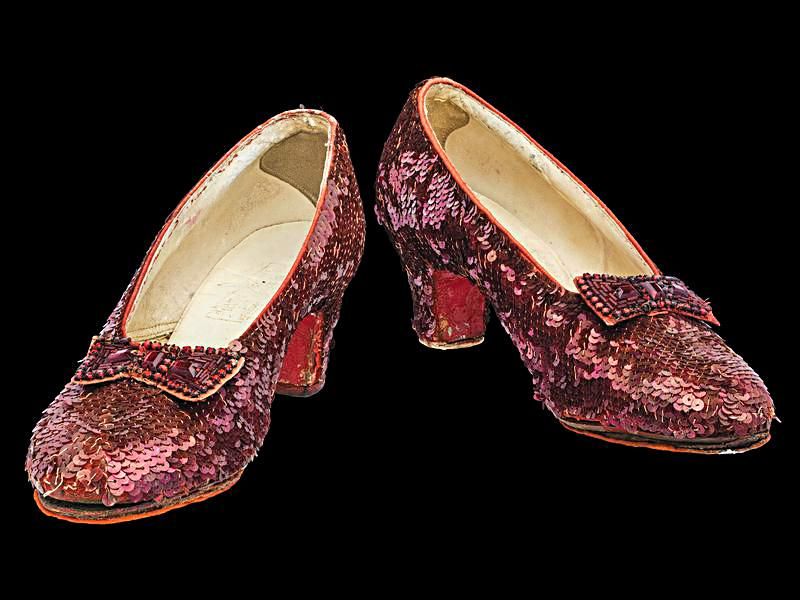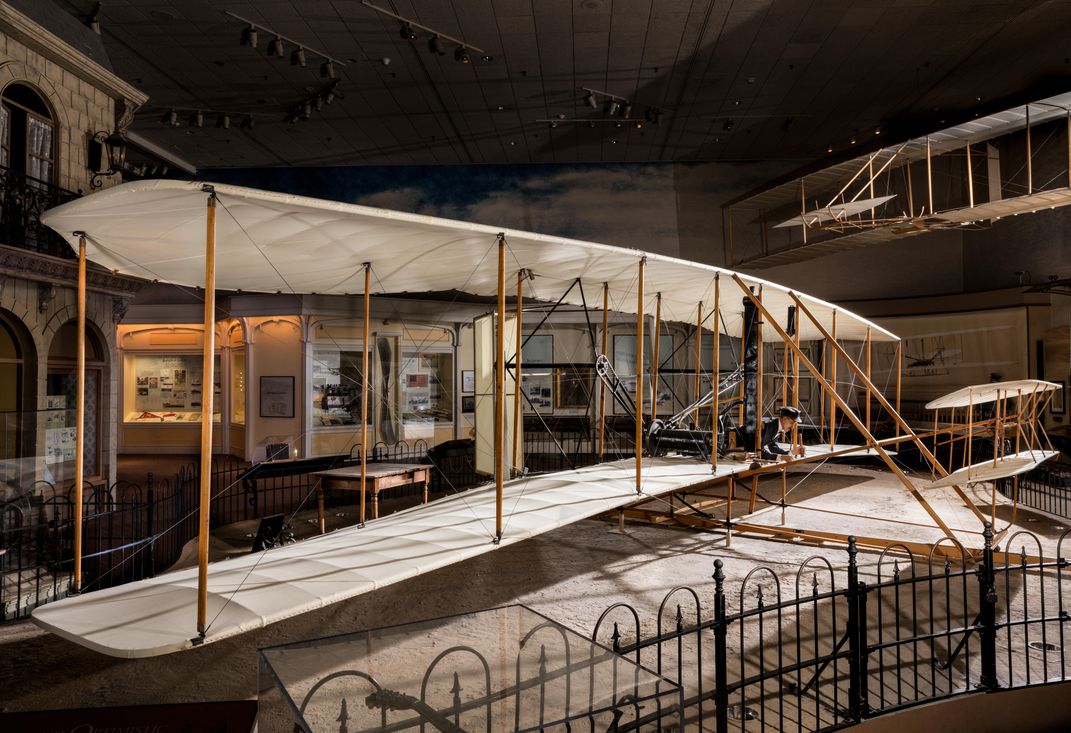Smithsonian Secretary Lonnie Bunch on How the Institution Builds Its Collections
Finding the next awe-inspiring artifact requires flexibility, help from the community—and a healthy dose of good luck
/https://tf-cmsv2-smithsonianmag-media.s3.amazonaws.com/filer/5a/83/5a832d7c-ff7b-495a-925f-7d040e423ce2/untitled-1.jpg)
Of all the reasons people visit the Smithsonian, number one is the collections. Dorothy’s Ruby Slippers, the Wright Flyer, the Hope Diamond: Each gives me chills—an electrifying sense of encountering the past.
Some of the proudest moments of my professional career have been finding those pieces that can excite, educate and awe our audiences. I’ve learned that good collecting requires flexibility, community partnership and a healthy dose of serendipity.
With over 156 million items in our ever-growing collections, the Smithsonian acquires objects in many ways: through donations from individuals and organizations, through scientific field expeditions, and in the case of living collections, through birth or propagation. Sometimes we seek out specific items; other times we work within a community to see what we can unearth. For instance, the collections of the National Museum of African American History and Culture were built in large part by asking Americans across the country to dig through their garages, basements and attics. Families entrusted us with their heirlooms: a Madam C.J. Walker pin, a Pullman Porter hat, a Croix de Guerre medal awarded to the Harlem Hellfighters, the storied World War I regiment.
Smart collecting also means saying yes to the unexpected. When my NMAAHC team asked Chuck Berry for his iconic guitar, he responded that he’d only donate it if we took his candy-apple red Cadillac, too. I’m not a car guy, so my staff had to convince me it was the right call. But that Cadillac has become one of our visitors’ most beloved pieces.
But the role of museums isn’t just to acquire items already venerated. We also look for everyday objects that can reflect the tint and texture of a certain period in time. We collect today so that we can tell the story tomorrow.
During the Covid-19 pandemic, the Smithsonian is asking essential health care workers to donate their personal protective equipment when they no longer need it. We’ve reached out to families asking them to document their experiences in quarantine. Our curators have also been on the edges of the racial justice protests, collecting homemade signs and masks, recording the stories of the participants. Each of these ephemera offers a window into our unique moment. Just as we stand in awe of the materials of our history, we can ensure that when future generations look back to learn the lessons this moment provides, they have the record they need.
/https://tf-cmsv2-smithsonianmag-media.s3.amazonaws.com/accounts/headshot/lonnie_new1.jpg)

/https://tf-cmsv2-smithsonianmag-media.s3.amazonaws.com/filer/35/87/3587c3a0-54ef-4f48-ba5b-d518eecc8775/oct2020_h03_secretarybunchcolumn.jpg)

/https://tf-cmsv2-smithsonianmag-media.s3.amazonaws.com/accounts/headshot/lonnie_new1.jpg)